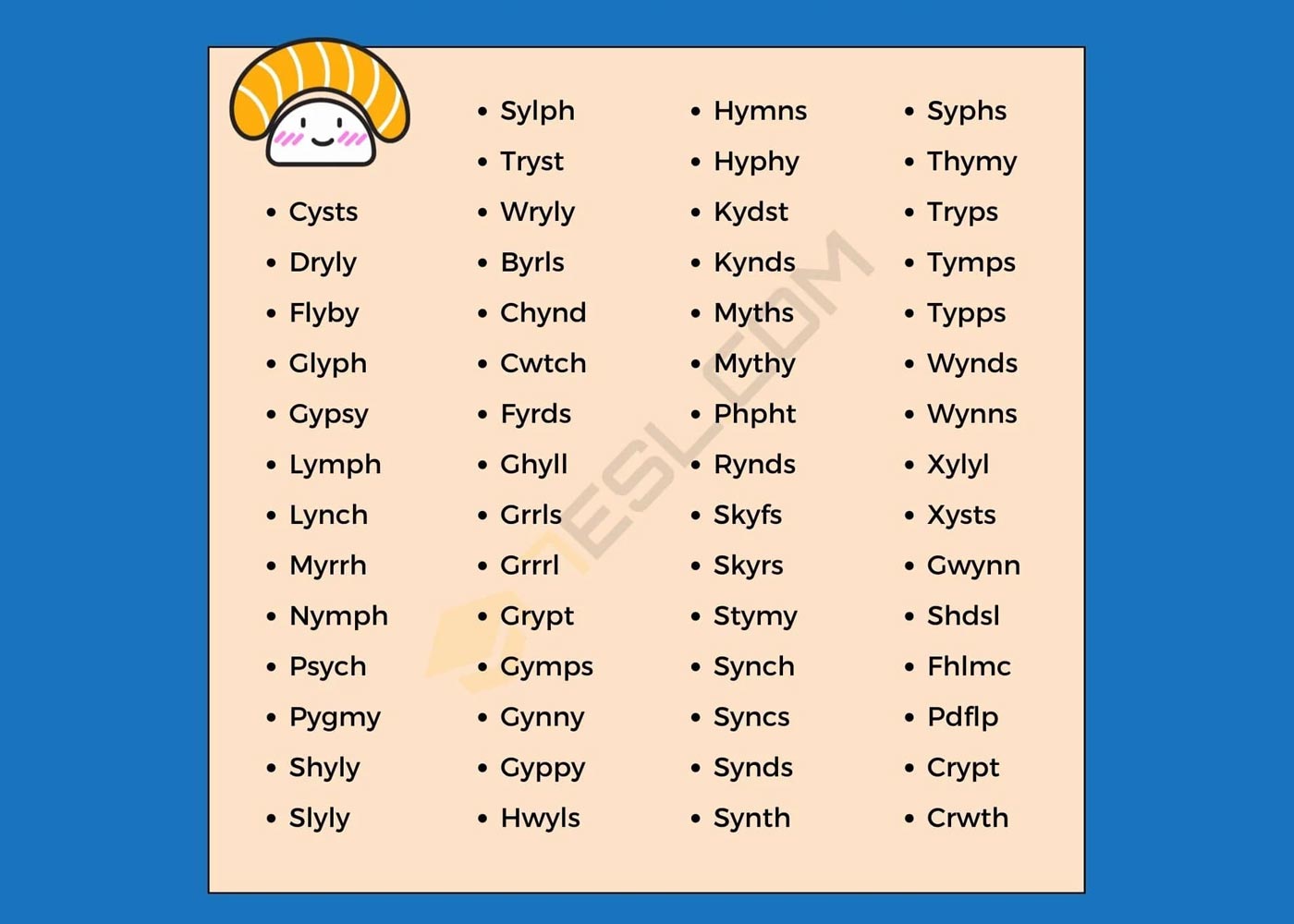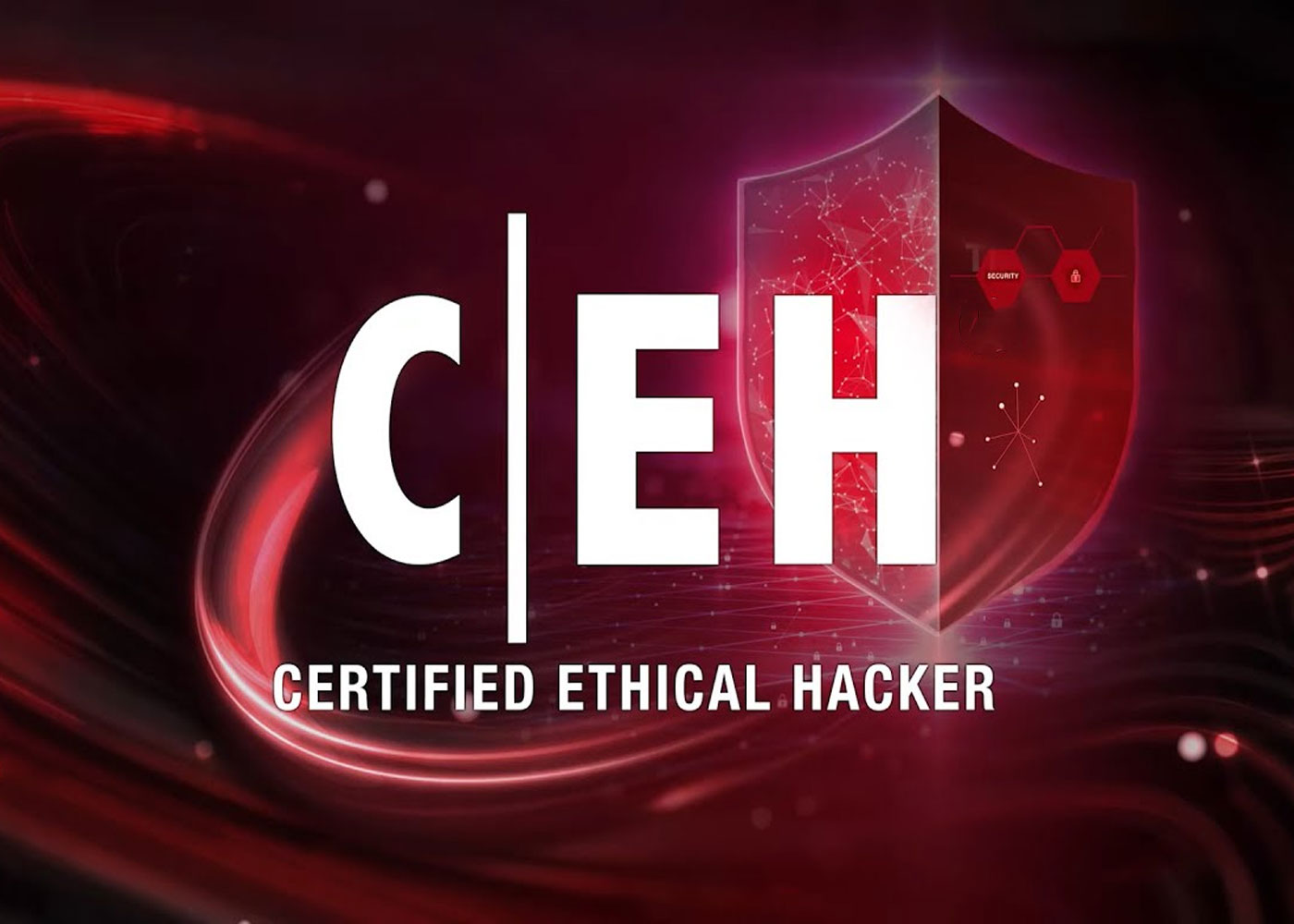
Today creatives often find themselves bouncing from one project to another and doing overtime to adapt to new project requirements. Whether a content creator or creative project manager, ad hoc requests pop up daily, each more urgent than the other.
According to Adobe's data, only 30% of creatives spend time on actual creative work. Project management takes 18%, managing review or request cycles 15%, meetings and administrative work 13%, and 11% ad hoc requests.
We're here to solve that. Below you will find four tips to increase creative performance.

1. Capacity Planning
There's only so much a person can do within twenty-four hours. Neuroscientists are continuously researching why and how we experience brain fatigue, but you are the last person to identify your mental capacities.
People work in significantly different cycles, which is problematic for creative project management. Frequently managers set up criteria based on averages, and creatives try to fit in. The time spent adapting can be reduced by planning your mental capacity beforehand. Then, you can look for project opportunities that go along with it. Here are some questions you should answer:
- How many hours of uninterrupted work can you do before feeling exhausted?
- How long of a break do you need to recover for the second cycle?
- Are you more productive in the mornings and noons, or are you a late-night owl?
- How many hours do you want to spend managing projects instead of doing them?
- Can you do marathons over time to meet deadlines and have a way to recover for the next tasks efficiently?
You'll find the answers in practice. Some creatives use time management techniques like Pomodoro, so try it out. Here's what Google thinks can make you more productive in 2023.
After Covid-19, only 34% of creatives go to the office, so you can freely experiment with your time at home. For example, when ready, try to do a 24 hours efficient work run and count productive hours. Do not forget to measure how exhausted or recovered you feel the next day to know your capacity limits.
This may sound challenging or downright unacceptable, but creatives function in a highly dynamic environment, and sometimes you will get deadlines that do not fit within a standard 8-hours circle. However, once you master creative workflow, you will have much more freedom and independence.

2. Software Management
You will find countless lists online with creative project management software. That's not necessarily a good thing. Soon you might find yourself bombarded by different project requirements with this and that software, and you will spend unpaid time just to learn it.
Instead, master a few popular creative project management programs, and introduce yourself to DAM (digital asset management) and CMS (content management system) concepts to sync with the managers. Clearly communicate the programs you are willing to work with.
Lastly, prepare additional software that will assist you. For example, if you manage several pieces of software for a few different projects, secure their accounts with a password manager. Clients expect you to handle security on your end, and if you accidentally expose their confidential business information to third parties, you may lose job opportunities.
3. Prioritize Tasks
There's a golden rule to get the most difficult tasks first. It's an excellent tip; however, align it with your clients. Some will have strict deadlines, even though the tasks are basic. Meanwhile, others may ask you to write an exhaustive technical guide they may need before the next quarter.
We recommend grouping your tasks by similarity. You will exhaust your brain quickly if you switch between radically different projects; only a few can multi-task for extensive periods. Lastly, select the most basic tasks before the weekend, and enjoy a calm Friday. If you come into the weekend feeling relaxed, you will recover your energy faster.

4. Know Your Energy Hangovers
As a creative, you most likely can concentrate on one task and put all your energy into it. Even after a few hours of such activity, the brain must have time to reset. Avoid relaxation methods like scrolling through social media or playing video games. They do not restore energy but distract you for some time.
Instead, many people go for a walk, do short sports exercises, and increasingly choose meditation to declutter their minds. Only you know what works best for you, so try a few things, and you'll notice.
Final Words
Currently, companies experience a 10% annual increase in content demand. It's an excellent opportunity for creatives to find lucrative projects, but it also requires self-discipline. This article is by no means exhaustive but provides the first steps for creative and long-lasting work management.




















Comments (0)
Write a Comment